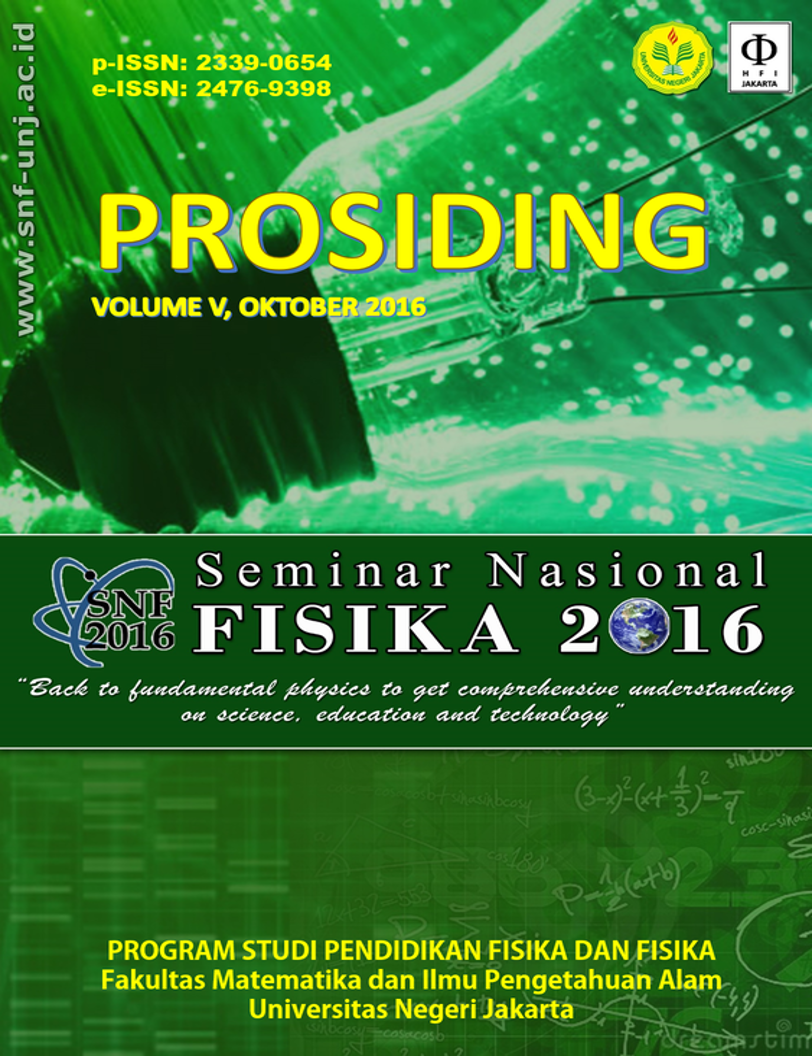PENGEMBANGAN ALAT BANTU PEMODELAN TERAPI LENGAN PASCA STROKE DENGAN MEMANFAATKAN SINYAL ELECTROENCEPHALOGRAPHY (EEG) MENGGUNAKAN EMOTIV
DOI:
https://doi.org/10.21009/0305020307Abstract
Design modeling has been done post-stroke therapy arm by utilizing command brain signals generated by Electroencephalography (EEG). EEG signals provides a lot of information, one of which is motor information. Every body moving describe the unique form of brain signals. In conditions paralysis, motor information on the EEG signals will still be found when someone tries to move his limbs. The basic concepts of this study are the EEG signal acquisition using the Emotiv EPOC +, controling signal using a device in which NImyRIO and servo motor driving a therapeutic tool. The result of the recording electrode (F3) of Emotiv EPOC shows that differences in the amplitude of the EEG signal in the frequency of 22 Hz when the right arms and left arms trying to move. Differences characteristic EEG signal are used for the motion controller information servomotor. The amplitude of the signal is electric voltage. It is converted into a pulse width to adjust the angle of swivel arm therapeutic tool.
Keywords: Electroenchephalography, Emotiv EPOC+, NImyRIO and Frecuency.





